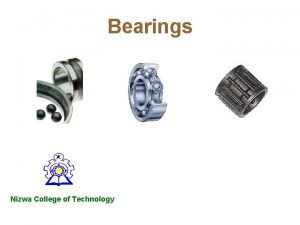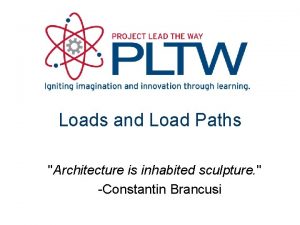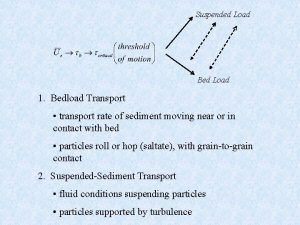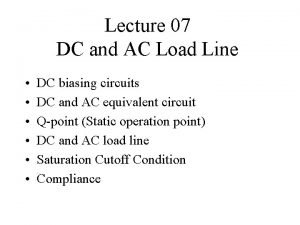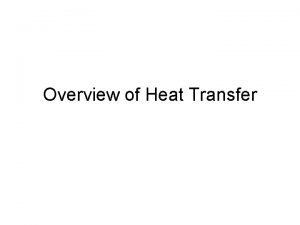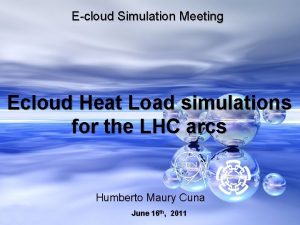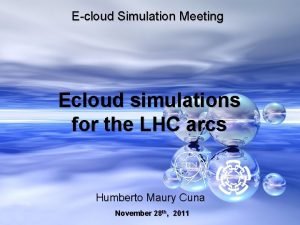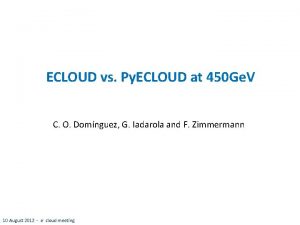ecloud and heat load MDs overview and priorities




- Slides: 4

e-cloud and heat load MDs: overview and priorities The main open question is how will heat loads behave with HL-LHC intensities. Cannot be probed directly (before LIU). Very useful information can be gained by: • MD 2484: high intensity 8 b+4 e beams 1. 7 e 11 p/bunch (20 h, 6. 5 Te. V) • MD 4203: trains of 12 -24 bunches with 2. 2 e 11 p/bunch, intensity scan (16 h, 450 Ge. V) o Synergy with stability MD (MD 3294, 6. 5 Te. V) These studies cannot be scheduled in MD 3 due to 16 L 2 issues Possible in MD 3 Other MDs from the list presented at the beginning of the run and still pending: • MD 3300 (pending from MD 2): last point in intensity scan at 450 Ge. V (8 e 10 p/b, 2 -3 h) • MD 3298: Bunch length scan at 450 Ge. V (4 h) • MD 2456: Studies with doublets (24 h), not possible in MD 3 due to 16 L 2 issues One study not related to heat loads: • MD 4144: Lifetime studies with flat orbit, e-cloud in the triplets (8 h, 6. 5 Te. V) Our main priority is to perform at least MD 2484 and MD 4203 in MD 4 (36 h) if need for a cut, we would prefer to cut on the time in MD 3

MD 3300 (one last point…) • The goal is to study the dependence of the heat load on the bunch intensity • Very good data collected in MD 1 and MD 2 (in relatively short time) • We would like to get one last point at 0. 8 e 11 p/bunch (to asses the convexity of the curve) • Required time: 2 -3 h at 450 Ge. V

MD 3298: bunch length scan at 450 Ge. V • The aim is to collect systematic data on the dependence of the heat loads on the bunch length (useful to compare with models) • Main steps: • Inject 25 ns beams (~1000 b) • Change the bunch length by trimming the RF voltage and/or applying controlled longitudinal blow-up • Collect heat load data and other e-cloud observables • To be repeated for different bunch length values • Required time: 4 h at 450 Ge. V

MD 4144: e-cloud in the triplets with flat orbit During the 2018 run losses in collisions show a clear e-cloud pattern and are strongly dependent on crossing angle and b*. This was observed also on single beam, when increasing the vertical tune (MD 3295 during MD 2) • These features could be induced by the non-linearity generated by the e-cloud in the Inner Triplets (large e-cloud density in the center of the triplet). • We would like to study the behavior of the lifetime with a single beam when reducing the crossing angle to zero Main steps: • Inject ~700 b in B 1 and a few individual bunches in B 2 • Perform the operational cycle to “collisions” • Reduce the crossing angle in steps down to zero (requires special collimator configuration) MD in itself takes ~5 h What kind of preparation/validation would be required before allowing high intensity?
